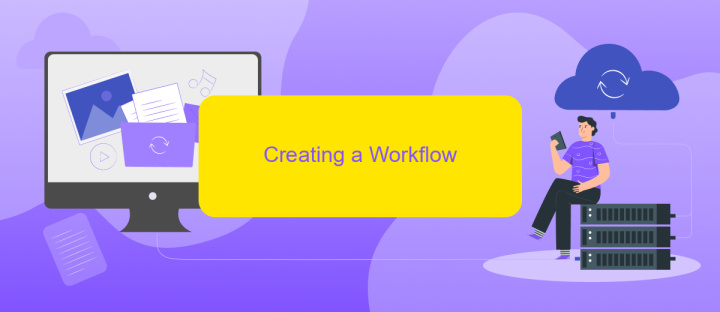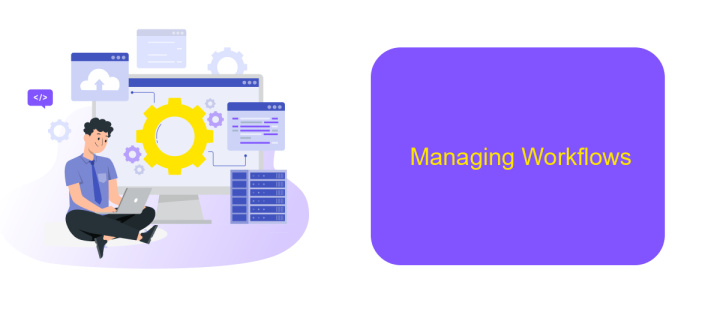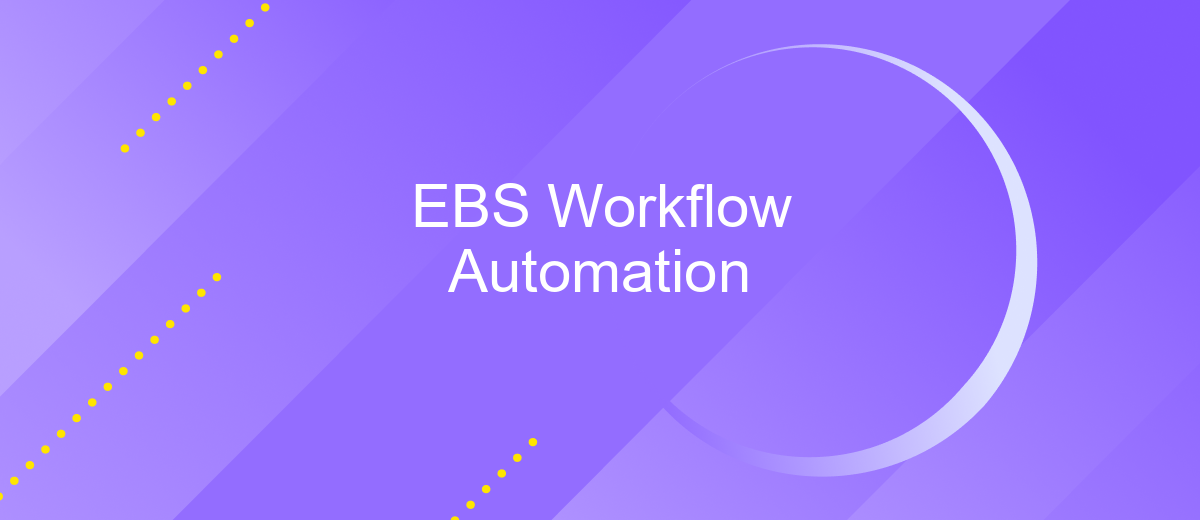EBS Workflow Automation
EBS Workflow Automation revolutionizes the way businesses manage their processes by streamlining and automating routine tasks. This powerful tool enhances efficiency, reduces errors, and frees up valuable time for employees to focus on more strategic initiatives. In this article, we will explore the key features, benefits, and implementation strategies of EBS Workflow Automation, demonstrating how it can transform your organization's operations.
Introduction
In today's fast-paced business environment, workflow automation has become a critical component for enhancing efficiency and productivity. EBS Workflow Automation enables organizations to streamline their processes, reduce manual tasks, and improve overall operational performance. By automating routine tasks, businesses can focus on more strategic activities, thereby driving growth and innovation.
- Reduces manual errors and increases accuracy
- Enhances productivity by automating repetitive tasks
- Improves compliance and audit trails
- Facilitates better resource management
- Accelerates decision-making processes
Integrating EBS Workflow Automation with other business systems can further enhance its capabilities. Services like ApiX-Drive offer seamless integration solutions, allowing businesses to connect various applications and automate data transfer effortlessly. This not only saves time but also ensures data consistency across platforms, making it easier to maintain an efficient and reliable workflow.
Pre-requisites and Setup

Before diving into EBS Workflow Automation, ensure that you have the necessary prerequisites in place. First, verify that your EBS environment is properly configured and accessible. This includes having appropriate user permissions and ensuring that all necessary modules and components are installed. Additionally, make sure that your system meets the hardware and software requirements to support automation processes effectively.
Next, set up any required integrations to streamline your workflow. For seamless integration, you can use ApiX-Drive, a powerful tool that simplifies the connection between different software applications. ApiX-Drive allows you to automate data transfers and synchronize information across various platforms without the need for complex programming. By leveraging ApiX-Drive, you can enhance your EBS Workflow Automation, ensuring that all your systems work together seamlessly and efficiently.
Creating a Workflow

Creating an effective workflow in EBS Workflow Automation involves a series of steps that ensure seamless process execution. Start by identifying the tasks and processes that need automation. Define the objectives and outcomes you aim to achieve with the workflow.
- Identify and map out the tasks and processes.
- Select the appropriate tools and platforms for automation.
- Configure the workflow rules and conditions.
- Test the workflow to ensure it functions as expected.
- Deploy the workflow and monitor its performance.
For integrating various services and applications into your workflow, consider using ApiX-Drive. This tool simplifies the integration process, allowing you to connect different platforms without extensive coding. By leveraging ApiX-Drive, you can enhance your workflow's efficiency, ensuring all components work harmoniously together. Regularly review and optimize your workflow to adapt to changing business needs and improve overall productivity.
Managing Workflows

Managing workflows in EBS Workflow Automation involves several key steps to ensure smooth and efficient operations. The first step is to identify the specific tasks and processes that need automation. This involves analyzing existing workflows to pinpoint areas where automation can save time and reduce errors.
Once the processes are identified, the next step is to design the workflow. This includes mapping out each step of the process, defining triggers, and setting conditions for each action. It's crucial to ensure that the workflow is logical and covers all possible scenarios to avoid bottlenecks.
- Identify tasks for automation
- Design the workflow
- Set up triggers and conditions
- Test the workflow
- Monitor and optimize
For seamless integration with other systems, tools like ApiX-Drive can be invaluable. ApiX-Drive allows you to connect various applications and automate data transfer between them, ensuring that your workflows are interconnected and data flows smoothly across different platforms. By leveraging such tools, you can enhance the efficiency and reliability of your automated workflows.


Conclusion
The implementation of EBS Workflow Automation has proven to significantly enhance operational efficiency and accuracy within organizations. By automating repetitive tasks and streamlining complex processes, businesses can reduce human error and allocate resources to more strategic initiatives. This not only boosts productivity but also fosters a more agile and responsive work environment.
Moreover, integrating tools like ApiX-Drive further amplifies these benefits by enabling seamless connectivity between various systems and applications. ApiX-Drive facilitates the effortless setup of integrations, ensuring that data flows smoothly and accurately across platforms. This integration capability is crucial for maintaining a cohesive and efficient workflow, ultimately leading to improved decision-making and business outcomes. Embracing EBS Workflow Automation, complemented by robust integration solutions, positions organizations for sustained growth and success in an increasingly competitive landscape.
FAQ
What is EBS Workflow Automation?
How can EBS Workflow Automation benefit my business?
What types of tasks can be automated in EBS?
Do I need technical expertise to set up EBS Workflow Automation?
Is it possible to integrate EBS Workflow Automation with other software systems?
Apix-Drive is a simple and efficient system connector that will help you automate routine tasks and optimize business processes. You can save time and money, direct these resources to more important purposes. Test ApiX-Drive and make sure that this tool will relieve your employees and after 5 minutes of settings your business will start working faster.

